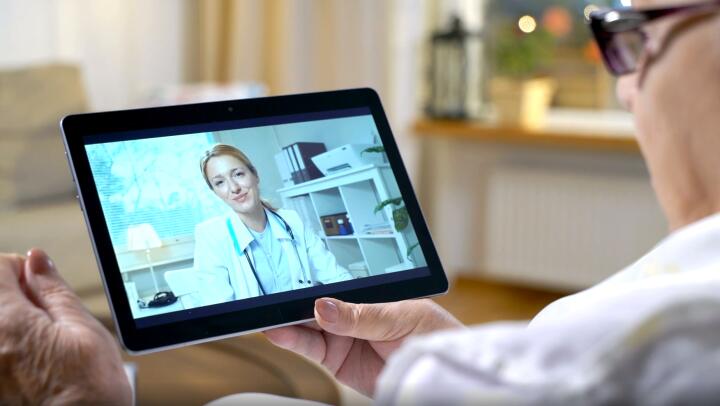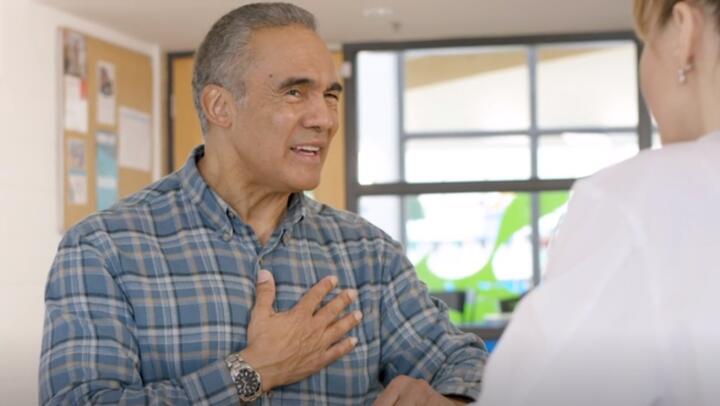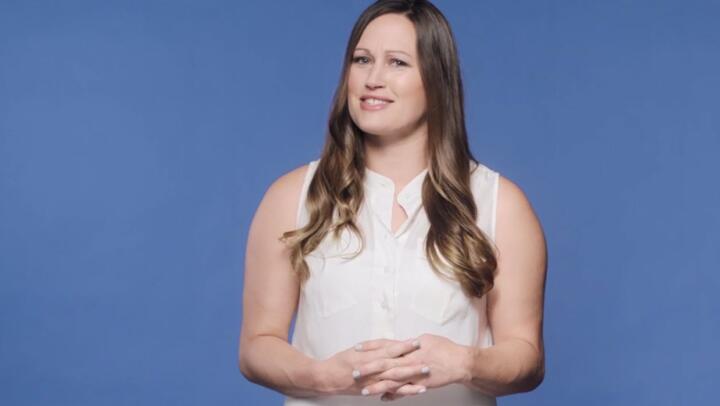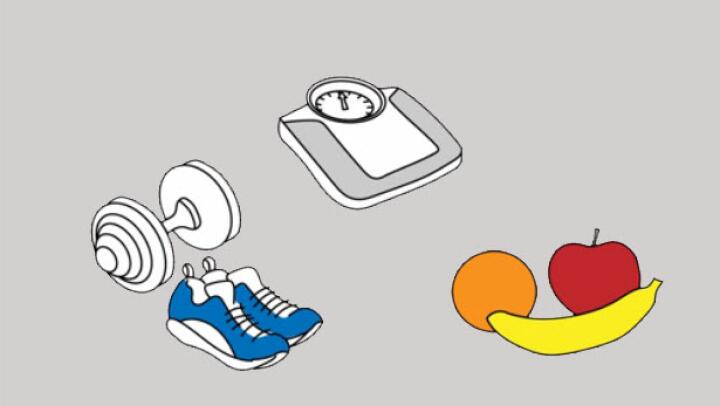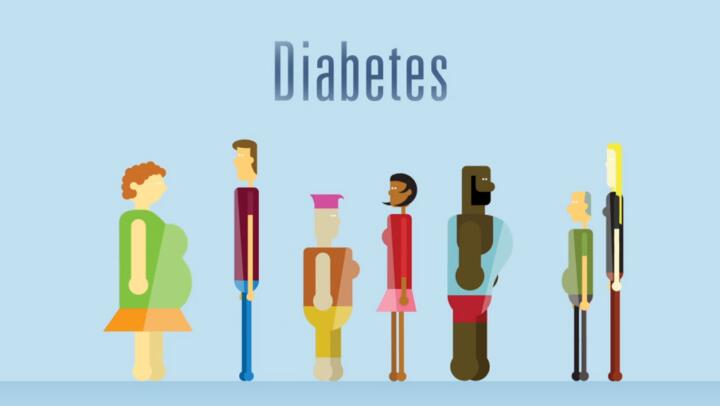
1. Q: What are non-insulin injectable treatments for diabetes?
A: There are two classes of drugs that are approved by the Federal Drug Administration (FDA) for type 2 diabetes that are considered non-insulin injectables: Glucagon-like peptide 1 (GLP-1) receptor agonists and amylin analogs. GLP-1 receptor agonists work by mimicking that activity of the naturally-occurring GLP-1 hormone, which stimulates the production of insulin.
Amylin analogs mimic the behavior of another hormone that’s essential in controlling blood sugar levels: amylin. Amylin, like insulin, is released by your pancreas after you eat. People with type 2 diabetes tend to have lower levels of amylin, so amylin analogs are meant to act as the missing hormone – lowering blood sugar, slowing the speed at which food empties from the stomach, and as an added benefit, suppressing appetite.
2. Q: What is GLP-1 therapy for diabetes?
A: Glucagon-like peptide 1 (GLP-1) based diabetes therapy is a type of injectable treatment used by people with type 2 diabetes to stimulate the secretion of insulin, the hormone that keeps your blood sugar from getting too high. While insulin injections replace the insulin your pancreas fails to make, GLP-1 stimulates insulin production if you’re someone who has trouble producing enough of it to keep their blood sugar in check.
Humans naturally produce the GLP-1 hormone in the small intestine. After we eat, the intestine signals the pancreas to make more insulin. GLP-1 likely doesn’t have much of an effect on the average person because it’s degraded, or broken down within two minutes in the human body. But when the GLP-1 hormone is modified so that it doesn’t degrade, as it is with GLP-1 based therapies, it lasts for hours, and becomes a very powerful stimulus of insulin secretion.
3. Q: How do GLP-1 therapies work?
A: In addition to stimulating insulin, GLP-1 suppresses glucagon, a hormone that releases glucose from the liver into the bloodstream thereby increasing blood sugar. In other words, glucagon is the anti-insulin hormone. By stimulating insulin secretion (which lowers blood sugar) and suppressing glucagon (which prevents an increase of glucose being released into the bloodstream), GLP-1 based therapies effectively lower blood sugar.
GLP-1 also slows the stomach’s contents as they are emptied into the intestines, and as a result, regulates how quickly large glucose concentrations are being absorbed after meals. Finally, GLP-1 therapies tend to decrease appetite, so they can also help as a weight loss agent for people with type 2 diabetes who are severely overweight.
4. Q: When are GLP-1 based therapies the best treatment option for diabetes?
A: Typically, we’ll start someone with type 2 diabetes on oral medications. If the oral medications fail to control blood sugar levels, we’ll consider switching to either insulin injections or GLP-1 (non-insulin) injections. Which one we go with varies from person to person. For instance, if you’re severely overweight, it would make sense to start you on GLP-1 injections, since they suppress appetite. In cases where you still have the ability to produce some insulin on your own, we might start with GLP-1 to stimulate more insulin production before jumping right to insulin injections.
We’ll also look at the A1C level. The A1C, or the glycated hemoglobin, is a running average of your blood sugar levels over the past three months. People without diabetes typically have an A1C level less than 5.6%. If your diabetes is well-controlled, your A1C should be under 7%. However, if your A1C starts to get close to 10%, we’ll probably start you on insulin. If you have symptoms that would indicate severe insulin deficiency or severe high glucose, such as: weight loss, polyuria (production of large volumes of diluted urine), polydipsia (abnormally high thirst) and muscle weakness -- we’ll likely start you on insulin right away.
5. Q: How frequently do people using GLP-1 therapies have to inject the medication?
A: There are three different preparations of GLP-1 therapies available today, and how frequently you inject really depends on the characteristics of the specific formula you’ve been prescribed. Depending on your prescription, you will either inject twice daily (recommended before breakfast and before your evening meal), once a day (recommended before breakfast) or once a week.
6. Q: What are the risks or side effects of GLP-1 injections?
A: Side effects with GLP-1 injections are overall pretty mild. You may experience fullness, nausea, headaches, acid reflux or diarrhea when you first start taking the medication, but side effects usually decrease or disappear altogether after a few weeks.
There are some reports of GLP-1 injections being associated with pancreatitis, a serious illness involving severe inflammation of the pancreas. However, it’s still unclear whether or not pancreatitis is linked specifically to GLP-1 injections, or if it’s just more common in people with diabetes.
Lastly, any time you’re dealing with injectables, there’s the potential side effect of localized skin reactions, so it’s important to practice safe injection techniques.
7: Q: How can patients practice safe injection techniques?
A: If you’ve just been prescribed GLP-1 therapies, or insulin injections, I think it’s important not to leave your doctor’s office without knowing how to safely inject. First and foremost, make sure you know how to practice an aseptic technique -- thoroughly wash your hands before injections, wipe down the area of skin with an alcohol wipe, and wipe down the end of the needle before injecting. Secondly, it’s important to rotate injection sites to avoid localized skin reactions. I typically tell my patients to divide their abdomen into four quadrants, and inject in a different quadrant each time.
8. Q: Aside from medication, what else do you recommend for diabetes management?
A: When it comes to diabetes management, especially management of type 2, a lot is predicated on weight. Diet and exercise are essential components of your treatment plan. I also like to tell my patients that the more frequently you’re aware of your blood sugars, the more likely you are to behave (eat well, etc.), so checking your blood sugars frequently is a good thing.
Finally, it’s important to make sure you are keeping other health concerns in check, too, and treating holistically. Conditions like high cholesterol and blood pressure are known risk factors for other serious health concerns like heart disease, and can often happen in conjunction in people with type 2.







